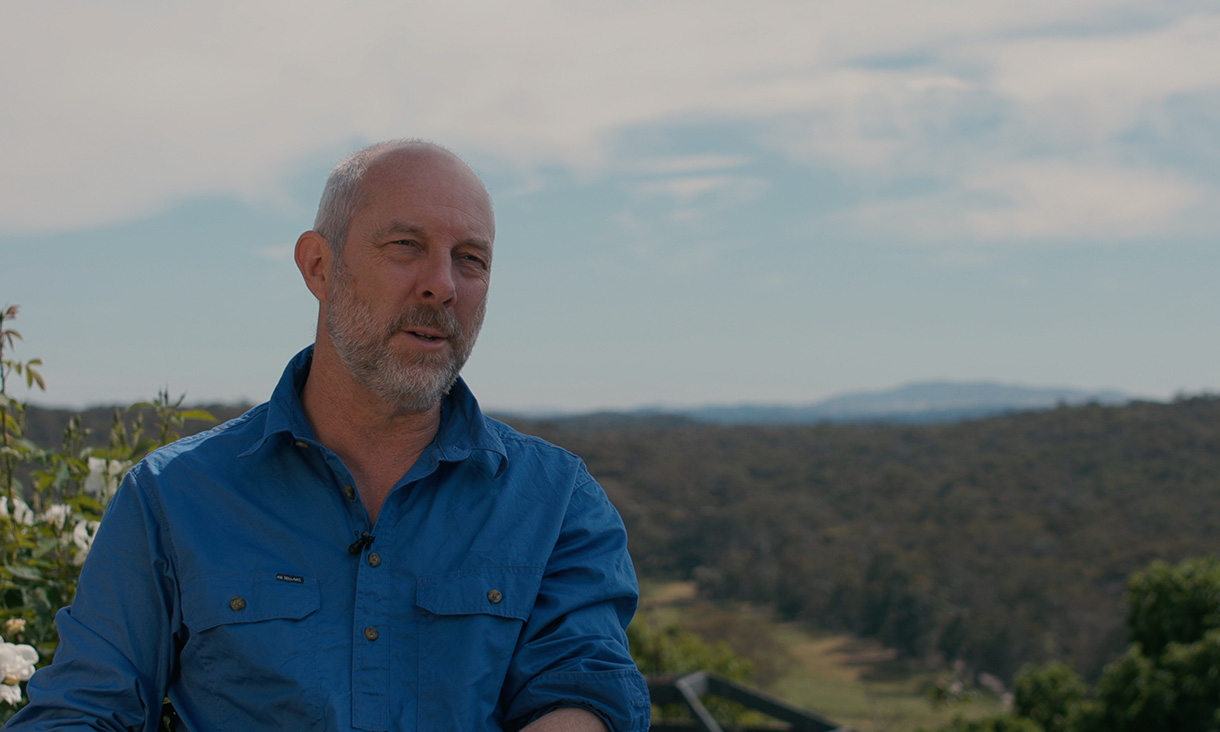Rocket test proves bacteria survive space launch and re-entry unharmed
A world-first study has proven microbes essential for human health can survive the extreme forces of space launch.
RMIT and UPC sign new partnership for student exchange and research collaboration
RMIT University and the Universitat Politècnica de Catalunya · BarcelonaTech (UPC) have signed a new agreement to expand student mobility and shared research opportunities between Australia and Catalonia.
Diamond power could be a medical implant’s best friend
RMIT researchers have created an experimental 3D-printed diamond–titanium device that generates electricity from flowing liquid and receives wireless power through tissue making it possible to remotely sense changes in flow.
New eyedrop formula in sight for serious vision problems
A new eyedrop has shown early success in delivering protective compounds to where they’re needed most in the eye, raising hopes for less invasive treatment of serious vision conditions.










